
Concentrations of anti-inflammatory compounds increased in culture studies of coral, microalgae
Authors’ studies indicate that cell culture of symbiotic dinoflagellates may be a viable method of producing a variety of anti-inflammatory agents.
Methods and quality control ranges for bacteria testing, defined in studies by the Clinical and Laboratory Standards Institute, will ensure data precision and inter-laboratory harmonization.

Authors’ studies indicate that cell culture of symbiotic dinoflagellates may be a viable method of producing a variety of anti-inflammatory agents.
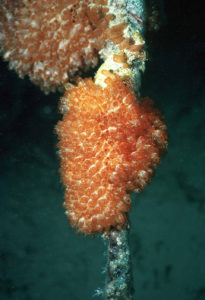
The marine environment is a rich source of unique compounds with pharmaceutical potential. Supply of most of these is a limiting factor in drug development.

In vitro culture is a viable method for supplying some ascidian and sponge metabolites for drug development and production.
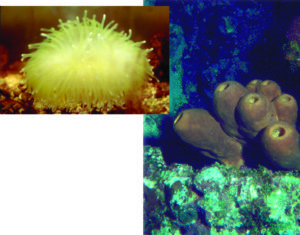
Aquaculture techniques used in the production of food organisms and commodity chemicals such as agar and agarose are appealing for large-scale production.
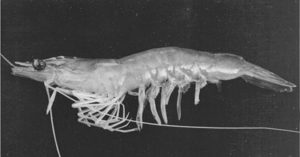
An Indian study showed that corn gluten, a byproduct of the corn starch industry, could be used to replace fishmeal in the diets of Indian white shrimp.
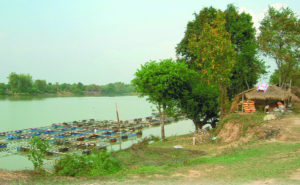
With support from the government and large companies, models for tilapia cage farming in Thailand acted as a catalyst to expand production in the 1990s.
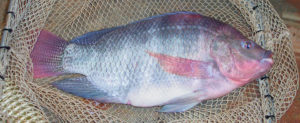
Monosex tilapia culture is preferred due to males' fast growth and large sizes. Hormonal sex-reversal techniques are being replaced by breeding programs.
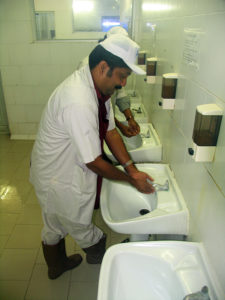
Biosecurity in aquaculture involves actions designed to maintain the health of aquatic animals by reducing the introduction of pathogens to facilities.
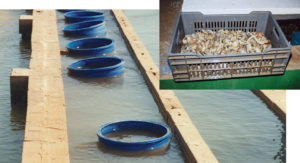
Farmed fish species often pose fewer food safety risk than wild-caught fish, but antibiotic residues used to treat disease outbreaks is a unique hazard.
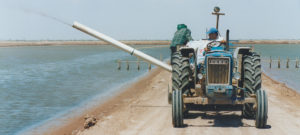
Important points for aquafarmers to consider to minimize antimicrobial resistance and maximize efficacy when using antibiotics.
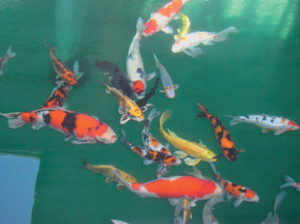
Carp culture in the United States focuses predominately on ornamental koi (Cyprinus carpio). Individual koi can have a market value of thousands of dollars.
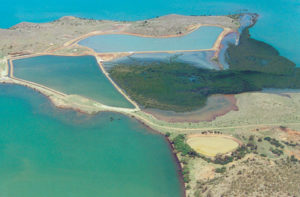
The sediment quality of production pond bottoms has long been recognized as a factor that influences pond water quality and aquatic animal production.

Infectious myonecrosis results in elevated mortalities but progresses with a chronic course accompanied by persistent low-level mortalities.
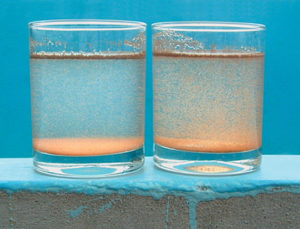
Maintaining healthy stock requires a multidisciplinary approach that focuses on hygiene and both environmental and animal conditions.
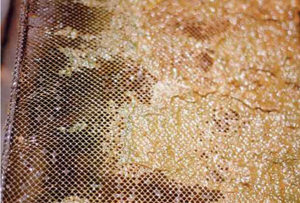
In trials examining attachment of biofilm to different substrates, authors measured their influences on the survival and growth of pink shrimp postlarvae.